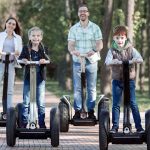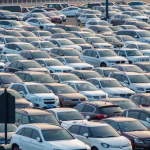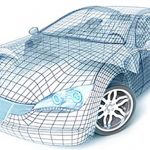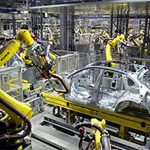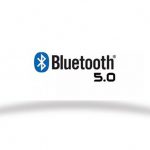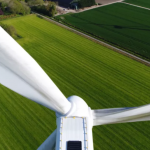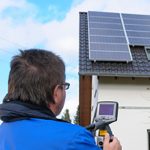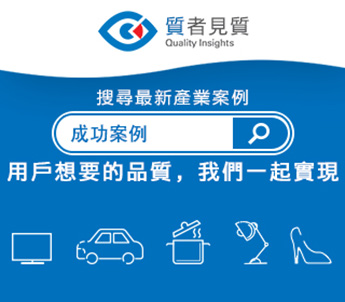博世和戴姆勒 – 無人駕駛停車許可 Bosch and Daimler: Approval for driverless parking

未來,博世和戴姆勒可以在斯圖加特的梅賽德斯-奔馳博物館的停車庫中使用其自動停車功能“自動代客泊車”。該無人駕駛停車系統可以自行泊車,取車。
博世和戴姆勒已獲得斯圖加特梅賽德斯-奔馳博物館停車庫自動停車系統的許可。這些停車服務是通過手機App進行車輛管理,無需停車管理人員干預。這是第一個被認可的可 供日常使用的無人駕駛停車功能。因為在短期內使用適合的車型系列,因此暫時只會使用特殊的梅賽德斯的原型車。
無人駕駛停車技術
自動停車功能由智能手機App激活,隨後汽車會被自動移至空的停車位–自動代客泊車無需駕駛員。停車庫安裝的博世傳感器監測車輛行駛路徑及其周圍環境,並提供引導車輛所需的信息。一旦基礎設施傳感器檢測到障礙物,車輛會立即停止行駛。
未來十年內,私家車在高速公路上自動駕駛將成為可能。至少寶馬和戴姆勒現已將此作為發展目標。早在2018年,博物館的參觀者就可以體驗自動代客泊車服務–但到目前為止,都有有經驗的停車管理人員在場。如今已獲得監管部門批准,不再需要配備停車管理人員,並且停車系統將來無需駕駛員即可運行。首先,參與測試的車輛的數量應保持可控,從長遠來看,該技術應該商業化並可供所有人使用。前提條件是車輛中相應的設備。然而,到目前為止,仍然缺乏法律依據。
無人駕駛停車的安全性
由於目前尚無正式的無人監督自動駕駛功能的批准流程,因此,從項目啟動之初,便在斯圖加特地區行政部門、巴登-符騰堡州交通部監督下,由TÜV萊茵的專家開展安全評估工作。該項目結果是一個涵蓋相關審批標準的安全概念,應用範圍超越了試點項目本身。這一概念中,開發人員定義了自動駕駛車輛如何在車道上識別出行人和其它車輛,以及在遇到障礙物時及時可靠地停止行駛。此外,還實現了所有系統組件間的安全通信,並採取措施確保有效啟動泊車操作。
翻譯內容來自:https://www.autonomousvehicles-expo.co.uk/
Bosch and Daimler have received approval for their automated parking system in the parking garage of the Mercedes-Benz Museum in Stuttgart. The parking service is to be accessed via a smartphone app and will not require a security driver. This makes it the first driverless parking function approved for everyday use. However, because there will be no suitable production vehicles in the foreseeable future, only special Mercedes prototypes will be used for the time being.
Driverless parking technology
The self-parking function is activated via a smartphone app, whereupon the car automatically moves to a free parking space. Bosch sensors in the multi-storey car park monitor the corridor and its surroundings and provide information for controlling the vehicle. If the infrastructure sensors detect an obstacle, the car stops.
Visitors to the museum have been able to experience the parking service since 2018 – but trained security personnel have been on site so far. Now that it has been officially approved, this is no longer necessary and the parking system will operate without a driver in future. Initially, the number of participating test vehicles is to remain manageable; in the long term, the technology is to be commercialised and made available to everyone. The prerequisite is the right equipment in the vehicle. However, the legal basis for this is still lacking.
The safety of driverless parking
The pilot project was accompanied by experts from TÜV Rheinland and local authorities, as no approval procedures have yet been established for driverless parking functions. The result is a safety concept with corresponding approval criteria that can also be applied beyond the pilot project.
In it, the developers defined how the driverless vehicle detects pedestrians and other cars in the lane and reliably stops in the event of an obstacle. In addition, secure communication between all system components and reliable activation of the parking process have been implemented.
Article was first published here:
編輯推薦
熱門分享














